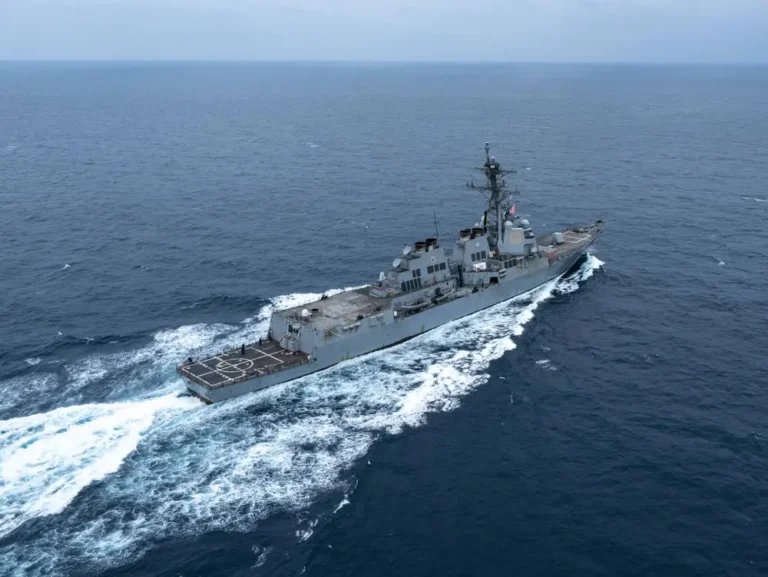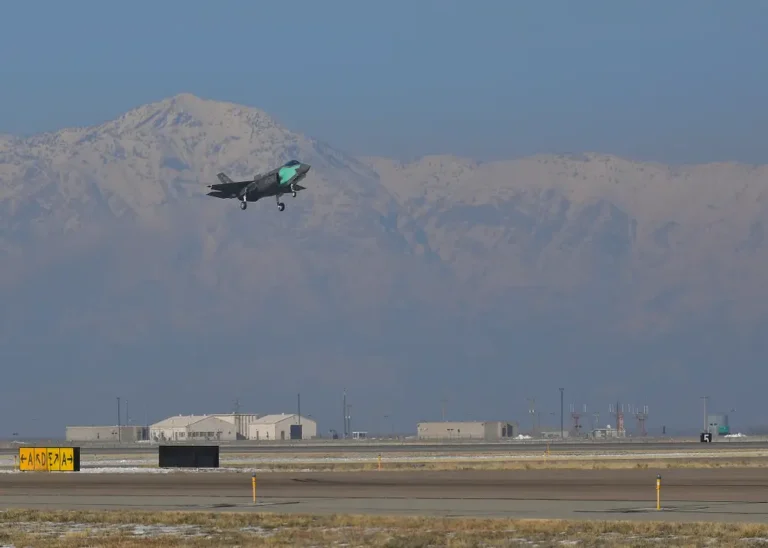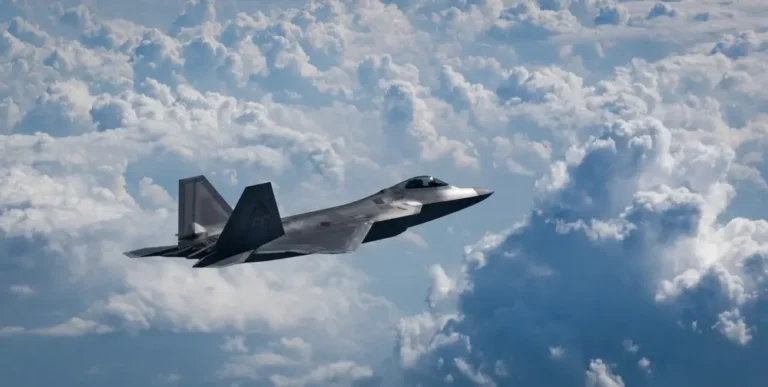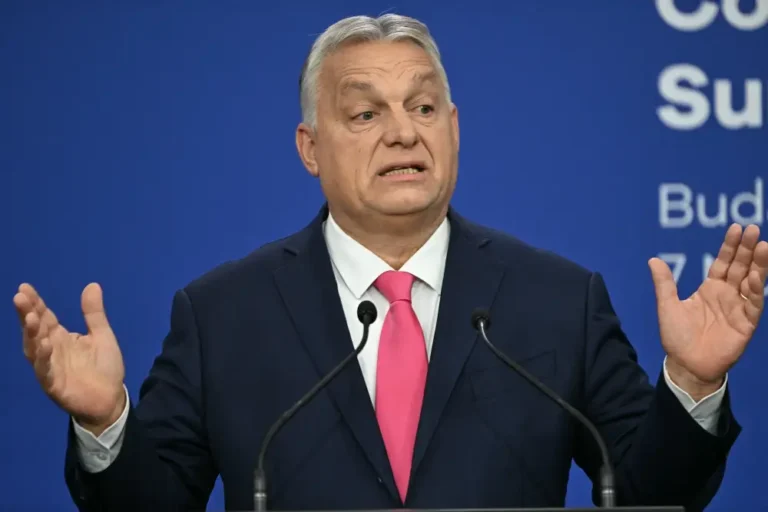Ukraine is facing serious problems in the east, where Russia’s forces are grinding forward
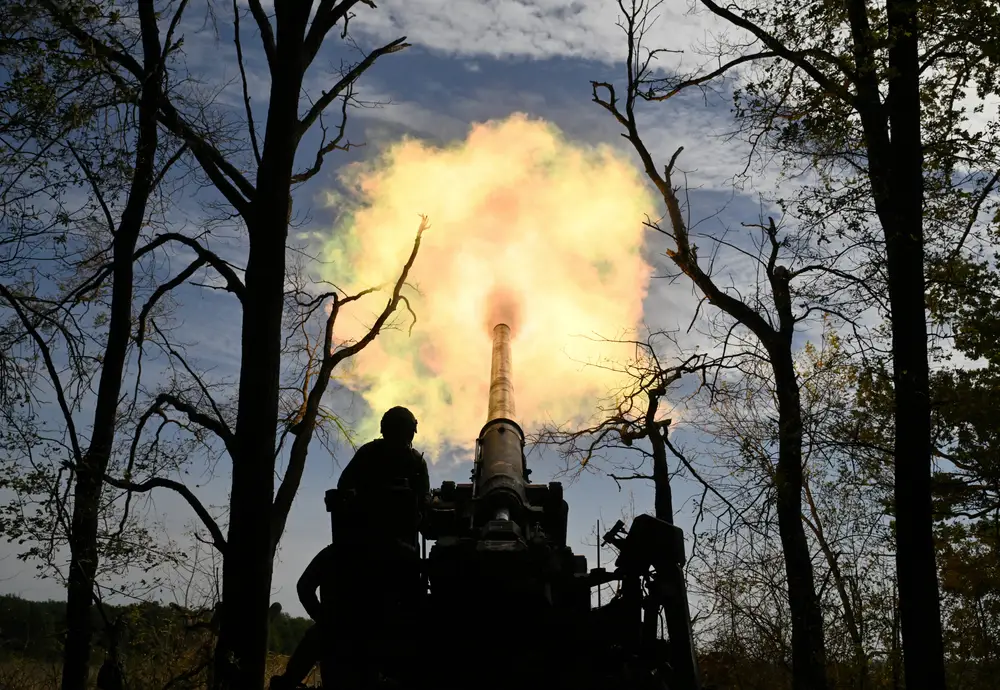
Russian forces have increased pressure along certain front lines, particularly in the Donetsk region.
Russia’s grinding offensive operations have been gaining momentum in eastern Ukraine as challenges for the defenders mount. At the moment, Ukrainian forces in the east have a problem.
Over the weekend, the commander-in-chief of the Ukrainian armed forces, Oleksandr Syrskyi, said his soldiers were facing one of Russia’s “most powerful” offensives since the start of the full-scale invasion in February 2022 along various sectors of the front line.
Ukraine’s shocking invasion of Russia’s Kursk region briefly took the focus off the fighting in the Donbas, but now Ukraine is losing ground both inside Russia and at home.
In the Donbas, Ukrainian troops are falling back from defensive positions in towns throughout the Donetsk area. Last month, Russia made its most territorial gains in a single month since the summer of 2022, more than 150 square miles. Its costly attacks appear to be achieving some success.
Russia’s advances raise concerns that it could capture Pokrovsk, which serves as an important center for Ukrainian military logistics and operations in the Donbas, where the fighting in Ukraine first began a decade ago.

Ukraine faces severe manpower shortages as its forces are stretched across the front lines.
And inside Russia’s Kursk region, Ukrainian troops are also losing territory they’ve occupied since the August 6 invasion, and while the Russians face a tough fight to kick the Ukrainians out, Kyiv’s forces inside Russia face challenges as well. On Monday, the Pentagon press secretary, Maj. Gen. Patrick Ryder, said the US believed at least 10,000 North Korean troops were in Kursk to help back the territory from Ukraine.
A tough fight in eastern Ukraine
Russia’s campaign in Ukraine has been costly. Western intelligence estimated in early September that more than 600,000 Russian soldiers had been killed or wounded since the start of the war. Russia has also seen tremendous equipment losses, including thousands of armored vehicles.
Michael Kofman, a war analyst who’s a senior fellow at the Carnegie Endowment for International Peace, told Intelligencer last month that “despite the costs, both to matériel and personnel,” the Russians had been “making fairly steady incremental gains.”
Russia has built up certain meaningful advantages in manpower, industrial capacity, and matériel, and it has largely held the initiative this year, leveraging that for gains on the battlefield.
Jack Watling, a land-warfare expert at the Royal United Services Institute, recently painted a bleak picture for Ukraine in a Foreign Affairs article, writing that the Ukrainian forces were stretched thin along the conflict’s 600-mile front line and were struggling with shortages of armored combat vehicles, artillery, and ammunition.

Despite heavy losses, Russia has continued its momentum on Ukraine’s eastern front.
“The more it lacks these key types of equipment and weaponry, the more it must depend on infantry to hold the front, causing an associated rise in casualties,” he wrote.
And Ukraine cannot sustain significant losses, as manpower shortfalls have been a constant challenge.
Late last month, the secretary of the Ukrainian National Security and Defense Council told Kyiv’s parliament it would draft an additional 160,000 people; in the past, Ukrainian officials have considered various changes to conscription and recruitment, but the country has largely avoided taking what some observers see as necessary mobilization steps. Last weekend, the Ukrainian air force said it would transfer some of its personnel to serve as infantry.
Watling said the thinning of Ukraine’s tactical air defense had given Russian reconnaissance drones more freedom to provide critical targeting data from locations deeper inside the country, allowing the Russians to then use missiles and loitering munitions to target key assets. Russia’s improved intelligence, reconnaissance, and surveillance picture has been important, as have accelerated kill chains.
Russian troops also continue to execute relentless wave attacks that expose Ukrainian positions. Glide bombs are used to shatter defenses and drive back Ukrainian artillery, letting Russia move its artillery forward.

Russia’s recent success on the battlefield is raising questions about what Ukraine’s future fighting looks like.
And then when Ukraine’s defenses are broken, Watling wrote, the Russians push forward and raid the trenches to capture ground. These are bloody operations, but they appear to be yielding results.
Officials told The New York Times last week that Russia’s successful advances had prompted pessimism and low morale among some in Washington and Kyiv and raised questions about what’s next for Ukraine.
The Russian army isn’t unstoppable, though. Kofman argued in his recent interview that “Russia’s actually operating under very significant constraints,” adding that “its advantage on the battlefield is likely to decline as we get into this winter and look further ahead into 2025.”
Russia can’t keep up the kind of losses it’s been absorbing indefinitely, and its offensive will eventually culminate, with the possibility that it may be difficult for it to kick off a new one.
US officials told The New York Times a window of opportunity could open next summer for Ukraine to take advantage of expected Russian manpower and equipment shortages, but that possibility is conditional on whether US and Western support for Ukraine continues.

Donald Trump has suggested he could broker a deal between Russia and Ukraine.
Right now, a big question mark for Kyiv is who will win the 2024 election. Former President Donald Trump and current Vice President Kamala Harris have presented voters with completely different approaches for how they’d handle the war in Ukraine. While Trump has made a variety of claims about ending the war quickly, Harris has suggested she’d stay the course on supporting Ukraine’s fight.
But regardless of who wins, the party that controls Congress will also have a major impact on how much aid the US gives to Ukraine. Republicans in Congress notably blocked US assistance packages to Ukraine late last year and into this year, which had consequences for Ukraine’s ability to fight on the battlefield.

